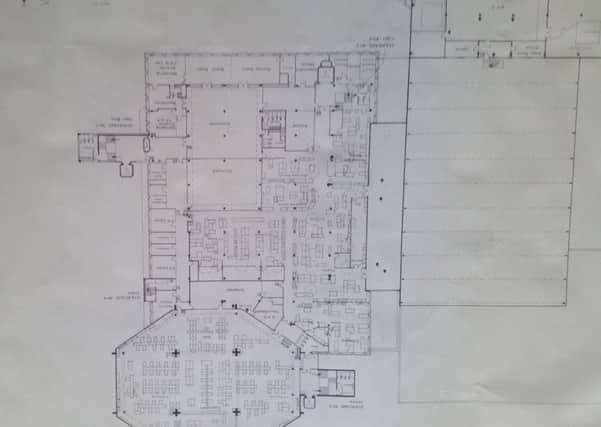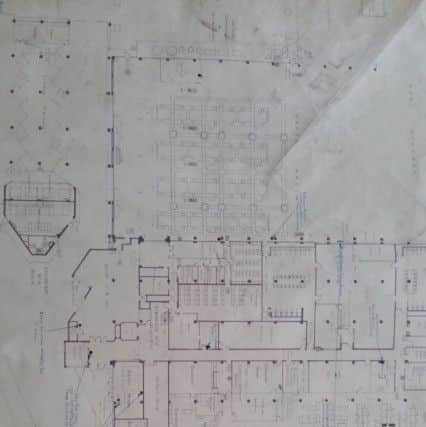Leeds nostalgia: Salvage from the old YEP building


I am proud to say I was one of the last people to walk its abandoned corridors prior to the wrecking balls and demolition cranes moving in.
In its heyday, the old building was home to some 1,500 staff - printers, journalists, carpenters and welders, sales reps, kitchen staff, managers, cleaners and many more.
Advertisement
Hide AdAdvertisement
Hide AdOne by one, the old trades which had been in residence since the building opened in the 1970s moved out. When the printers disappeared in about 2012, the old press hall, which once hummed to the sound of machinery and was so loud at times that ear defenders were obligatory, fell silent. That room itself, on the fringe of the building and near to the river, was four stories tall and housed the gargantuan printing presses, which were, amazingly, taken apart piece by piece and shipped to somewhere in Germany.


The building itself was controversial from the off. Many disliked its harsh, angular construction which was part of the ‘brutalism’ style of architecture. But it was also loved in equal measure. The journalists who worked there, myself included, affectionately referred to the huge third floor room where the Yorkshire Post staff sat opposite their counterparts from the YEP (each closely guarding their stories and meeting separately, unlike today) as the ‘concrete bunker’. The room was easily 60ft in height, with only tiny skylights around the upper rim to let light in.
Before the last of the staff left in 2013, there was an auction of all kinds of things which the company had been unable to get rid of otherwise. There were books, sets of drawers, old printing plates, even the old board room table where once senior managers would have met and no doubt had a brandy or two as they discussed the stories of the day.
But even after that sale, many objects were just left to the wrecking ball and in the final days, there was a free-for-all, a chance to go in and take what you could. The building was a maze of corridors, with hundreds of rooms, many in the heart of the building. Some rooms had doors opening into other rooms, which themselves had doorways leading to seldom-visited places, niches, cupboards, where old shelving units housed all manner of objects. During my wanderings around the building in those days, I chanced upon old copies of the Yorkshire Post Kriege Edition, the paper made by POWs during the Second World War and copies of Ralph Thoresby’s Ducatus Leodiensis, dated 1715, both of which I salvaged and which now reside in our present library.
Advertisement
Hide AdAdvertisement
Hide AdI also came upon a set of old plans for the building, which I again preserved and reproduce here in this article.


Progress can be an uncompassionate master at times and so it seemed with the old YEP building. Walking those empty corridors, lined by once-full offices but by then merely littered with abandoned chairs and desks, great piles of unwanted telephones and stacks of old metal cabinets, it was hard not to feel sad for the place, for what it was and had become. But some of it still survives and if they ever want to build it again, at least we have the plans.